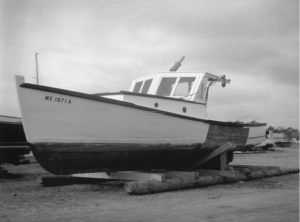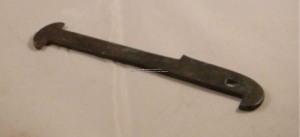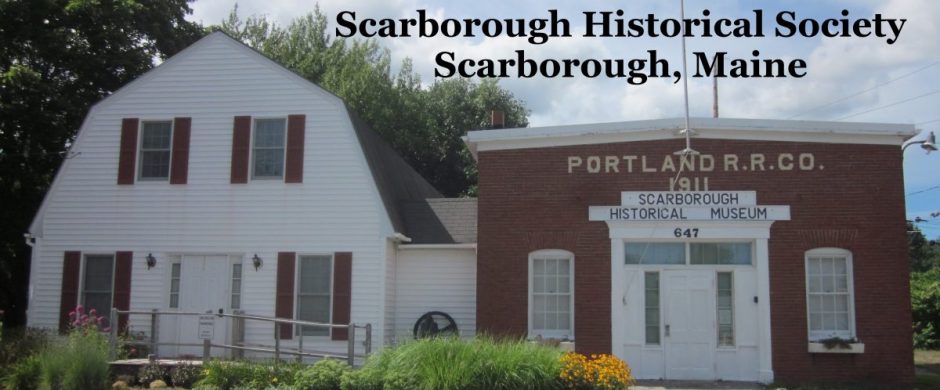Equipment we used:
Lobster Boats:

Donald Thurlow’s lobster boat was built in 1943 at the Pillsbury Building in Pine Point by Ward Bickford. It was a pine strip and oak framed wooden boat with a gasoline engine. From the engine pulley a drive belt ran a winch to mechanically lift (haul) the traps. These boats turned sharply and to reset a trap, the boat made a circle and “dumped” it so that the rope would go over the lower rail and not snag the lobsterman. He would throw the glass bopper and wooden buoy overboard as the rope went out during the circle rotation.
Growing up, I remember Mr. Ward Bickford building lobster boats in a large, garage-like building between his home and The Pillsbury Inn where the Hurd Annex parking lot is now. The boats were 26-feet long and powered by gasoline automobile engines. There was a reverse gear, but the boat went very slowly in that gear. Boats were made to turn sharply, for everyone fished traps alone. When hauling traps, one turned the boat each time to set the trap and let the rope go out. Dories and outboards were still used also. In those cases the traps were pulled by hand. I recall how some men were still rowing their dories as far away as the Old Proprietor Ledge, some 3 miles from the anchorage!
Mr. Bickford made most wooden boats from pine strips nailed to oak ribs. Other boats were pine planked and then nailed to oak ribs. Wooden lobster boats were very moveable, yet quite slow when compared to today’s fiberglass diesel rigs. In many ways they were like logs and could withstand choppy seas quite well and they were safe! Mr. Bickford also made many punts and larger skiffs (16- footers with higher sides). Many young men, including me, had their start in one of the larger skiffs.
Wooden boats required a lot of maintenance. By spring boats had dried out and needed to be recaulked. Once in the water for a few days, the wood swelled and the boat became watertight. Most wooden boats leaked from some source, so many fishermen carried long, galvanized hand pumps. In later years electric pumps were used. Boat were scrubbed, brushed and then painted. The upper hull and cabin were usually white, red or black, but the lower hull and keel were always “coppered.” This part of the job was awful, because the painter had to lie on his back on cold ground and paint above his head. Naturally, much of the copper-based paint fell on him. Because of the growth of barnacles, mussels, and such on the hull, especially if the boat was on the mooring a long time, the hull had to be scraped before a new coat of copper paint was applied. Typically a boat would be beached for two days and one side of the hull would be painted at a time. Inspection of coolant pipes would also be done at this time. Without proper maintenance, a slow boat would be even slower!




